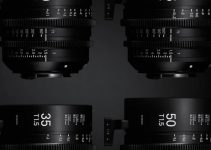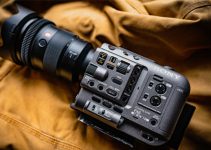The venerable tripod should be one of the first things you get if you want to start shooting video. One of the biggest differences between something that looks amateur and looks professional is whether or not there is distracting camera shake. Tripods solve that problem. Still, besides knowing that they all have three legs, there is a lot to learn about tripods as you search for your next purchase.
Parker Walbeck from Fulltime Filmmaker breaks down the top ten things you should look for in a tripod. Maybe you don’t have to spend thousands on a tripod, but you should know what you’ll probably end up with if you only spend $75.
1. Price
If you are hunting for a tripod you’ll want to determine your budget first. That’ll be one of the key limiters in what models and features you can get. The range is literally from about $25 all the way up to $20,000. Parker compares three models, hitting prices of around $75 from FTF GEAR, $450 from Manfrotto, and $2,500 from Sachtler to see what you can get at each point.
2. Size & Weight
Part of the balancing act of features for a tripod is finding something that is an appropriate size and weight. Lighter, smaller tripods are easier to travel with, but heavier, larger tripods generally bring more stability – especially with heavier camera systems.
You’ll definitely want something sturdy enough relative to your equipment but that you’ll actually come with you. If you have some extra cash in the budget, investing in carbon fiber tripods can save you some weight.
3. Load Capacity
This is important. The load capacity is how much the tripod can safely hold. You should have some buffer room in there as well. Get something that can definitely hold your camera system with all the accessories and then a little more.
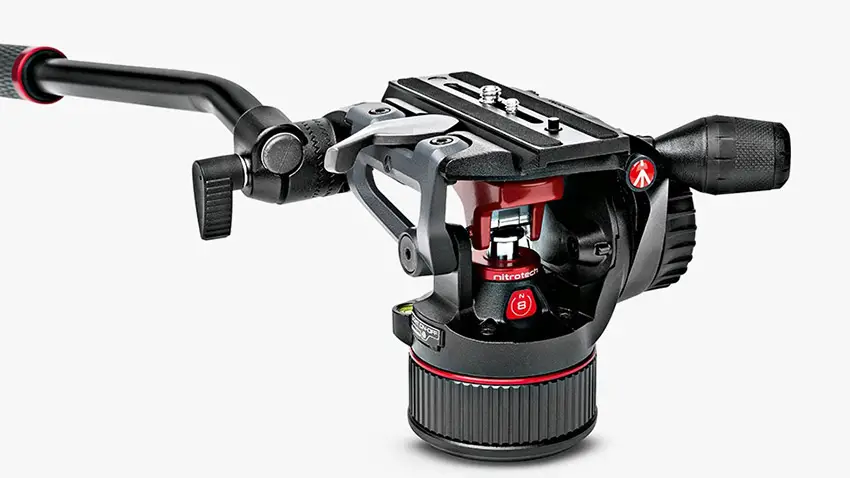
Image Credit: Manfrotto
4. Fluid Pan & Tilt
Super important for video use is a fluid head. You’ll definitely need to look for something above the $75 level for this. Those generally come with ball heads that just aren’t designed to create smooth video pans and tilts. It makes a difference. The recommendation at a minimum is something like the Manfrotto 502 head on the tripod they are testing.
Even among fluid heads you might want to spend more. In this example the Sachtler can provide greater control over the speed of your movements and has a numbered system for improved consistency.
5. Height
It’s not just how tall a tripod gets, you need to look at the minimum height as well. You’ll want something that sits at least at eye level so you aren’t always bent over. Plus, getting super low gives you some great options for different types of shots. Highly recommend you think about what shots you might find yourself doing when looking at min and max height.
6. Leg Latches
There are a few options. On affordable tripods you’ll probably find some twist locks. They are fine, but can be a little bit of a time suck for more precise adjustments. Levers on cheap tripods are also unreliable and can loosen up over time.
A well-built tripod with solid levers are likely better for video use. Going high-end you can find some amazing options. Sachtler has a unique system with a single lever on each leg that locks the whole system and makes the entire setup a lot faster.
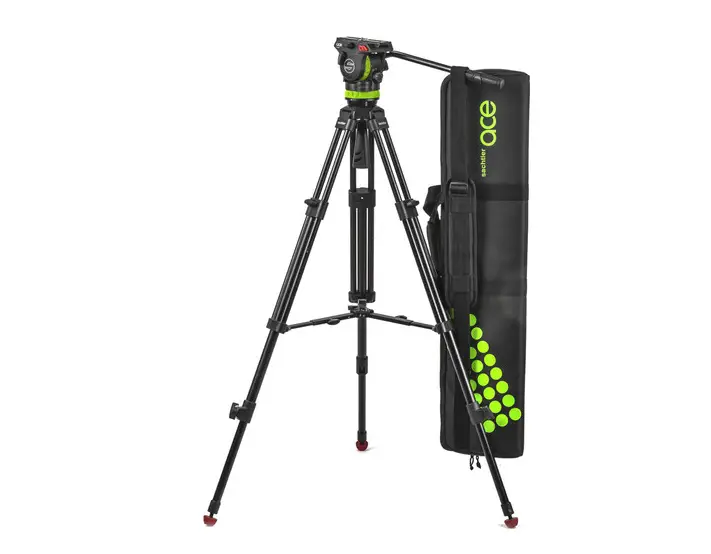
Image Credit: Sachtler
7. Leveling
Another important part of video is making sure your head is level. With photo tripods, you can just tweak some angles to make it work just fine. With video, the level needs to be below the head so that you can actually get level pan and tilt movements.
Cheaper tripods usually don’t have a way to level the base and have at least a bubble level to check things. The bowl design of high-end tripods does this job well.
8. Quick Release
You’ll want to either settle on a single quick-release system or accept compatibility differences between brands. Manfrotto actually has a commonly used QR system and is a go-to in video circles.
It’s stable and can be found in long versions to support pro kits. On the other hand, Arca-type plates found in affordable tripods meant for photo are standard but not as stable as a true video QR system.
How they work and get tightened down is also an important part. More expensive options are more convenient, but you have to decide whether it is worth the extra money.
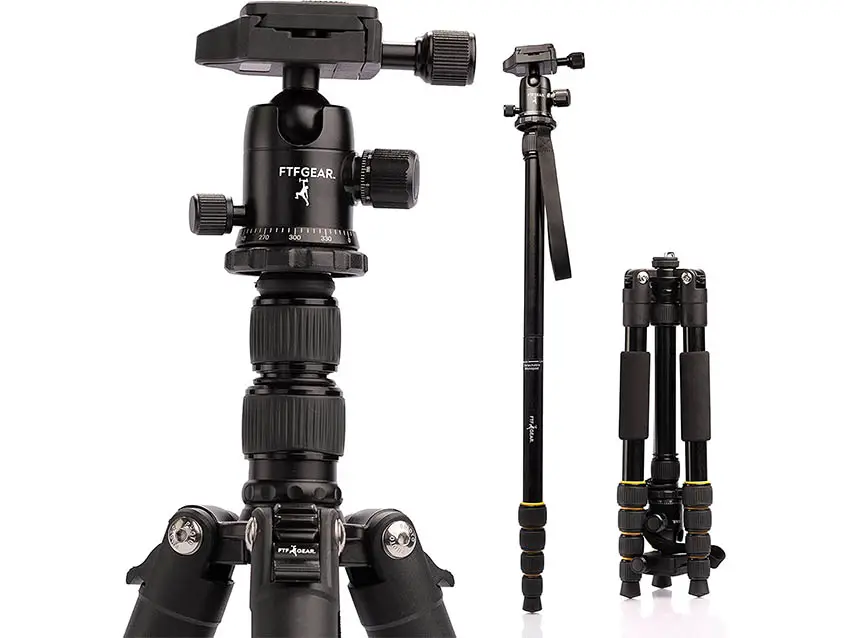
Image Credit: FTF Gear
9. Travelability
Big, heavy tripods are great since they get you stable and smooth footage. You just probably won’t trek that everywhere you go. If you aren’t using all the features of a tripod, like fluid heads, you can get away with a cheaper, lighter tripod for your static shots on the road. Not having a tripod is not a solution, so having a cheaper, lighter tripod for travel is important.
10. Functionality
Tripods are something that can last a long time. Investing in more expensive tripods that have better build quality will last you many, many years. You really should just invest in a tripod that doesn’t have failure points and get years if not decades of service out of it. Plus, better builds feel nicer to use.
It’s a good list of features to look out for as you shop for a tripod. Do you have a go-to tripod of your own?
[source: Parker Walbeck]
Order Links:
- FTF GEAR Compact Aluminum Tripod (Amazon)
- Manfrotto 502AH Video Head & MT055XPRO3 Aluminum Tripod Kit (B&H, Amazon, Adorama)
- Sachtler aktiv8 flowtech75 Tripod System (B&H, Amazon, Adorama)
Disclaimer: As an Amazon Associate partner and participant in B&H and Adorama Affiliate programmes, we earn a small comission from each purchase made through the affiliate links listed above at no additional cost to you.
Claim your copy of DAVINCI RESOLVE - SIMPLIFIED COURSE with 50% off! Get Instant Access!



